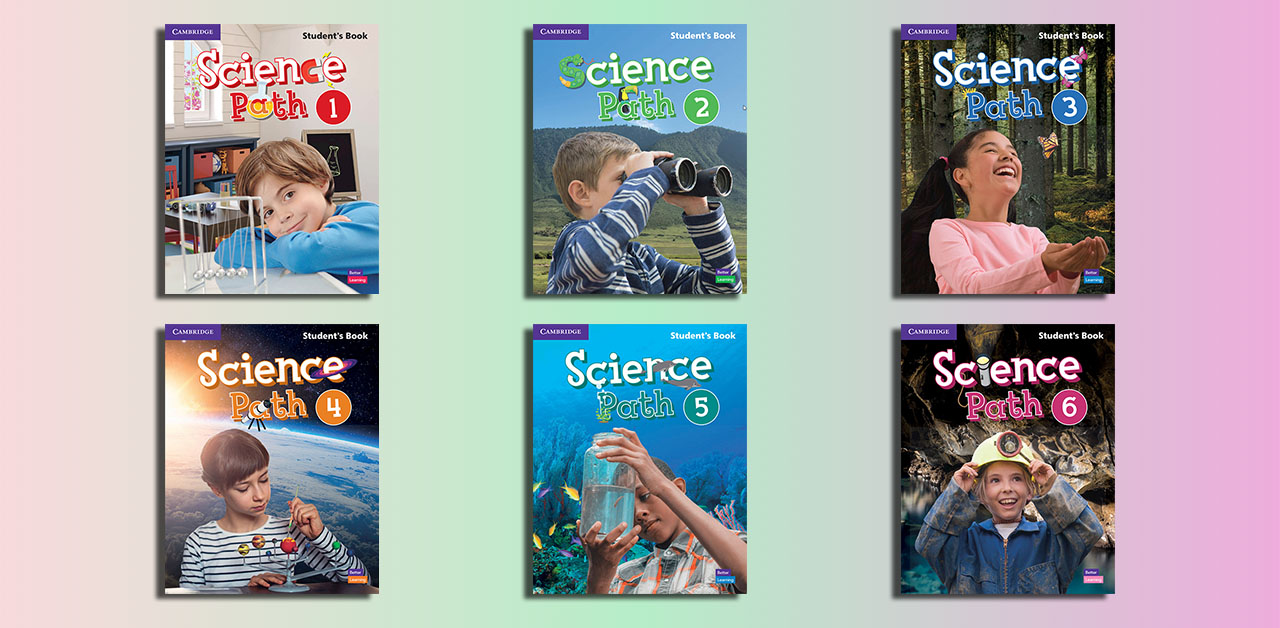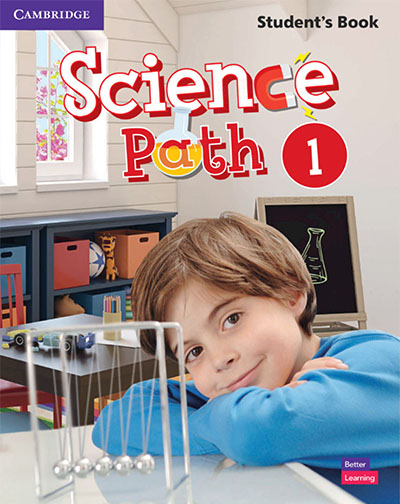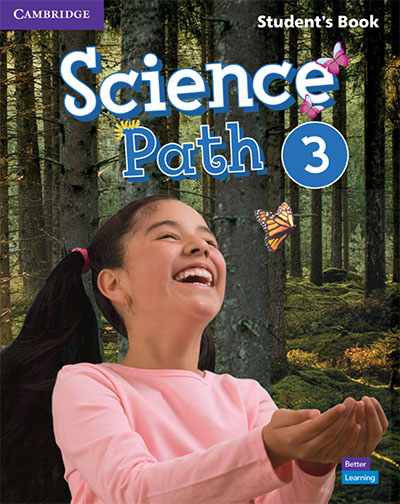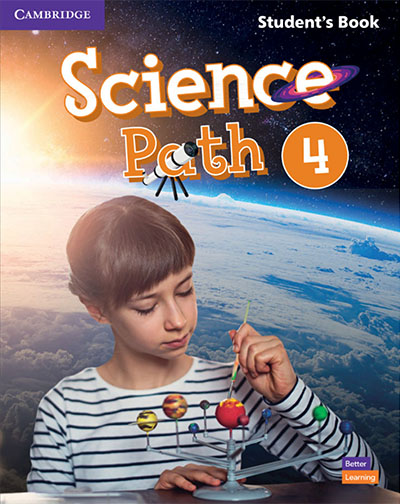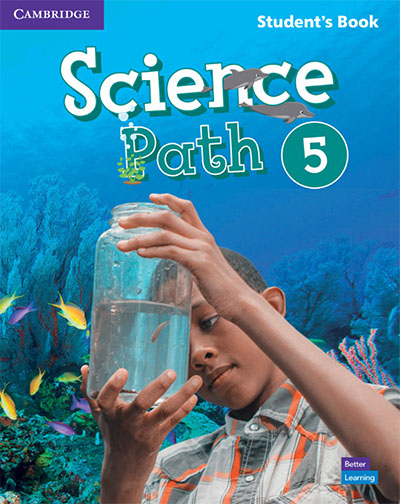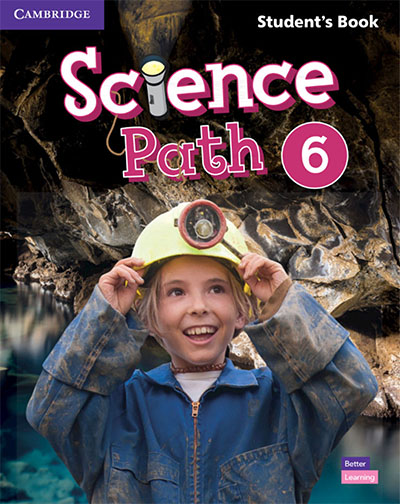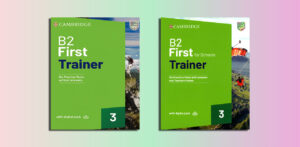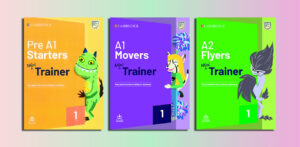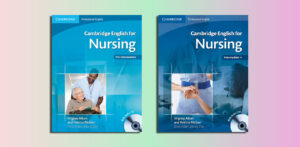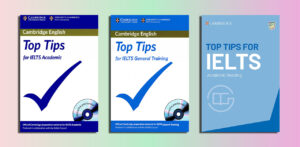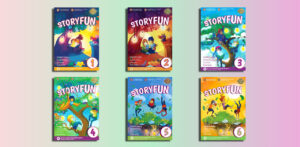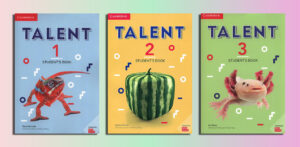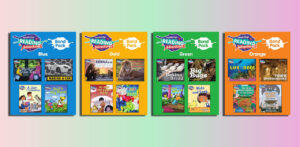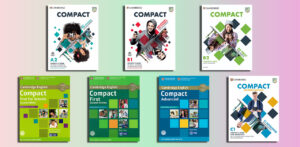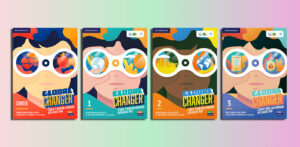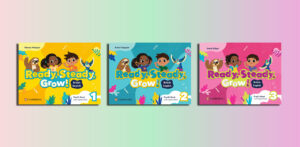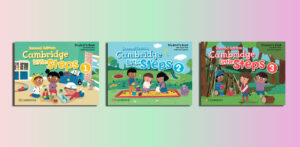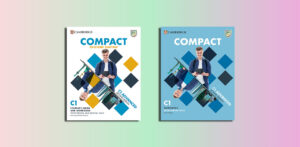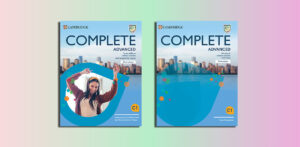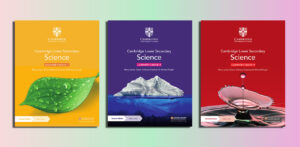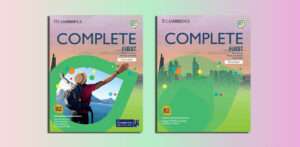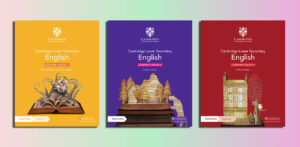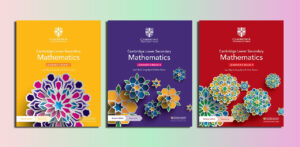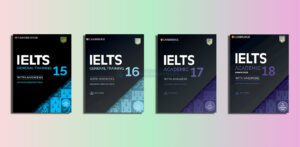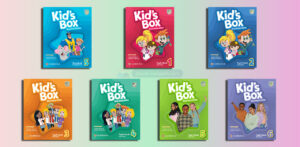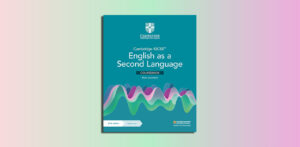Cambridge, Download, Presentation
Download Science Path Pdf Presentation Plus (Pre A1 / B1)
Science Path (PDFs, Resources)
Level 1
Science Path 1 Audio.zip
Science Path 1 Posters.zip
Science Path 1 Student’s Book.pdf – Sample: Click
Science Path 1 Teacher’s Book.pdf
Science Path 1 Video.zip
Science Path 1 Worksheets Exams.zip
Level 2
Science Path 2 Audio.zip
Science Path 2 Posters.zip
Science Path 2 Student’s Book.pdf – Sample: Click
Science Path 2 Teacher’s Book.pdf
Science Path 2 Video.zip
Science Path 2 Worksheets Exams.zip
Level 3
Science Path 3 Audio.zip
Science Path 3 Posters.zip
Science Path 3 Student’s Book.pdf – Sample: Click
Science Path 3 Teacher’s Book.pdf
Science Path 3 Video.zip
Science Path 3 Worksheets Exams.zip
Level 4
Science Path 4 Audio.zip
Science Path 4 Posters.zip
Science Path 4 Student’s Book.pdf – Sample: Click
Science Path 4 Teacher’s Book.pdf
Science Path 4 Video.zip
Science Path 4 Worksheets Exams.zip
Level 5
Science Path 5 Audio.zip
Science Path 5 Posters.zip
Science Path 5 Student’s Book.pdf – Sample: Click
Science Path 5 Teacher’s Book.pdf
Science Path 5 Video.zip
Science Path 5 Worksheets Exams.zip
Level 6
Science Path 6 Audio.zip
Science Path 6 Posters.zip
Science Path 6 Student’s Book.pdf – Sample: Click
Science Path 6 Teacher’s Book.pdf
Science Path 6 Video.zip
Science Path 6 Worksheets Exams.zip
Science Path Presentation Plus Demo (Offline iTools)
Overview of the “Science Path”
Contents
| ✅ Coursebook: | Science Path |
| ✅ Authors: | Margaret Stark, Montse Watkin |
| ✅ Publisher: | Cambridge University Press |
| ✅ Levels: | Pre A1, A1, A2, B1 |
| ✅ English type: | International English |
| ✅ For: | Primary, Science |
| ✅ Publication year: | 2020 |
Science Path is a dynamic skills course designed for young learners, integrating the study of science with English language learning. The course spans six levels, promoting English proficiency, vocabulary expansion, and language skills development. Using an inquiry-based approach, it aims to spark students’ curiosity and develop their critical and creative thinking skills. The content is presented in a scrapbook format, mimicking real-world learning experiences and engaging students with fun facts, games, questions, and jokes.
Key Features
- Engaging experiments, projects, and video documentaries for contextual understanding of main themes.
- Units focused on Big Questions to nurture thinking skills and promote discovery-based learning.
- Accessible science learning through stories, songs, and characters, tailored for young learners in a second language.
Science Path Level 1 Student’s Book
Who is suitable for ‘Science Path’?
Target Audience:
- Young learners (children)
- Students at CEF Levels A0 to B1 (beginner to intermediate)
Ideal For:
- Children learning English as a second language
- Young learners interested in science
- Students who enjoy interactive and inquiry-based learning
- Educators looking for a dynamic, engaging science curriculum
Learning Environment:
- Both classroom and at-home learning
- Schools offering bilingual or international English programs
Skills Development:
- English language proficiency
- Vocabulary expansion
- Critical and creative thinking
- Practical science knowledge and inquiry skills
Overall Suitability: “Science Path” is ideal for young learners eager to explore science through engaging, hands-on activities while simultaneously improving their English language skills. It is suitable for educational settings that emphasize interactive, discovery-based learning approaches.
Science Path Level 2 Student’s Book
The benefits of ‘Science Path’
Enhanced Language Skills
- English Proficiency: Students improve their English language skills, including vocabulary and grammar, through immersive science content.
- Vocabulary Expansion: Exposure to scientific terms and everyday language helps broaden students’ vocabulary.
Inquiry-Based Learning
- Critical Thinking: The course encourages students to ask questions, fostering critical thinking and problem-solving skills.
- Creative Thinking: Activities and projects promote creative thinking and innovation.
Engaging and Fun Learning
- Interactive Content: The scrapbook format, fun facts, games, and jokes make learning enjoyable and relatable for children.
- Hands-On Experiments: Practical experiments and projects help students understand scientific concepts through real-world applications.
Holistic Development
- Multidisciplinary Approach: Combines language learning with science, providing a comprehensive educational experience.
- Cognitive Skills: Development of cognitive skills through inquiry, investigation, and reflection.
Accessibility
- Second Language Learning: Designed specifically for young learners studying English as a second language, making science accessible and understandable.
- Diverse Learning Tools: Stories, songs, and characters cater to different learning styles and preferences.
Motivational and Inspirational
- Curiosity Driven: Big Questions and intriguing content spark students’ natural curiosity and passion for learning.
- Discovery-Based: Encourages learning through discovery, making education an exciting and engaging journey.
Support for Educators
- Structured Curriculum: Provides a well-organized framework that is easy for educators to follow and implement.
- Comprehensive Resources: Includes video documentaries and various multimedia resources to support teaching and enhance the learning experience.
Science Path Level 3 Student’s Book
Effective teaching and learning strategies for ‘Science Path’
Inquiry-Based Learning
- Encourage Questions: Foster a classroom environment where students feel comfortable asking questions and exploring their curiosity.
- Guided Inquiry: Provide structured opportunities for students to investigate scientific concepts, guiding them through the inquiry process with targeted questions and activities.
Interactive and Hands-On Activities
- Practical Experiments: Conduct regular experiments and projects that allow students to apply scientific theories in a practical context.
- Use of Multimedia: Integrate video documentaries, interactive games, and digital resources to make learning more dynamic and engaging.
Storytelling and Songs
- Narrative Learning: Use stories and characters to explain scientific concepts, making them more relatable and easier to understand.
- Educational Songs: Incorporate songs related to the science topics to reinforce learning and aid memory retention.
Differentiated Instruction
- Tailored Activities: Adjust activities and materials to cater to different learning styles and abilities within the classroom.
- Flexible Grouping: Use small groups or pairs for collaborative learning, allowing students to learn from and support each other.
Big Questions Approach
- Thematic Units: Organize lessons around big, thought-provoking questions that encourage deeper thinking and exploration.
- Reflective Discussions: Facilitate class discussions and reflections on the big questions to develop critical thinking and comprehension.
Science Path Level 4 Student’s Book
Visual and Scrapbook Format
- Visual Aids: Use charts, diagrams, and visual representations to help students grasp complex scientific concepts.
- Scrapbook Activities: Encourage students to create their own scrapbooks, documenting their learning journey with drawings, notes, and collected materials.
Formative Assessment
- Regular Check-Ins: Use quizzes, concept maps, and oral assessments to monitor student progress and understanding.
- Feedback: Provide timely and constructive feedback to guide students’ learning and address any misconceptions.
Collaborative Learning
- Group Projects: Assign group projects that require teamwork and collective problem-solving.
- Peer Teaching: Allow students to teach each other, reinforcing their own understanding while helping classmates.
Cross-Curricular Integration
- Link with Other Subjects: Connect science topics with other subjects such as math, geography, and art to provide a holistic learning experience.
- Real-World Applications: Show how scientific concepts apply in real-world scenarios to make learning relevant and meaningful.
Encouraging Creativity
- Creative Projects: Assign projects that allow for creativity, such as designing experiments or creating models.
- Problem-Solving Tasks: Provide open-ended tasks that require innovative solutions, encouraging students to think outside the box.
Science Path Level 5 Student’s Book
Recommended Book Series Similar to “Science Path”
“Oxford Discover Science”
- Publisher: Oxford University Press
- Description: An inquiry-based science course for young learners that integrates English language learning. It encourages students to ask questions, think critically, and engage in hands-on activities to explore scientific concepts.
“Macmillan Science”
- Publisher: Macmillan Education
- Description: A comprehensive science series designed for primary school students. It covers a wide range of topics and includes practical experiments, activities, and digital resources to enhance learning and engagement.
- Publisher: Cambridge University Press
- Description: This series provides a flexible and engaging approach to teaching science at the primary level. It emphasizes scientific inquiry, hands-on experiments, and real-world applications to develop students’ understanding and curiosity.
“Pearson Science”
- Publisher: Pearson Education
- Description: A science course that combines English language learning with scientific exploration. It includes interactive activities, experiments, and digital content to support a dynamic and engaging learning experience.
Science Path Level 6 Student’s Book
“National Geographic Learning’s Reach for the Stars”
- Publisher: National Geographic Learning
- Description: Integrates science content with English language learning, using the captivating imagery and storytelling style of National Geographic. The series includes hands-on projects, critical thinking activities, and multimedia resources.
“Discovery Education Science Techbook”
- Publisher: Discovery Education
- Description: An interactive digital textbook series that covers a wide range of science topics. It includes videos, interactive simulations, and hands-on activities designed to engage students and deepen their understanding of scientific concepts.
“Scholastic Science Readers”
- Publisher: Scholastic
- Description: A series of books aimed at young learners that combine simple text with vibrant photographs and illustrations. Each book covers a different science topic and includes activities to reinforce learning.
“Houghton Mifflin Harcourt Science Fusion”
- Publisher: Houghton Mifflin Harcourt
- Description: A science curriculum that blends digital and print resources. It offers interactive lessons, hands-on labs, and inquiry-based learning to help students build a strong foundation in science.
These series offer similar benefits to “Science Path,” such as integrating language learning with science, fostering inquiry-based learning, and providing engaging, hands-on activities to enhance students’ understanding and curiosity.


